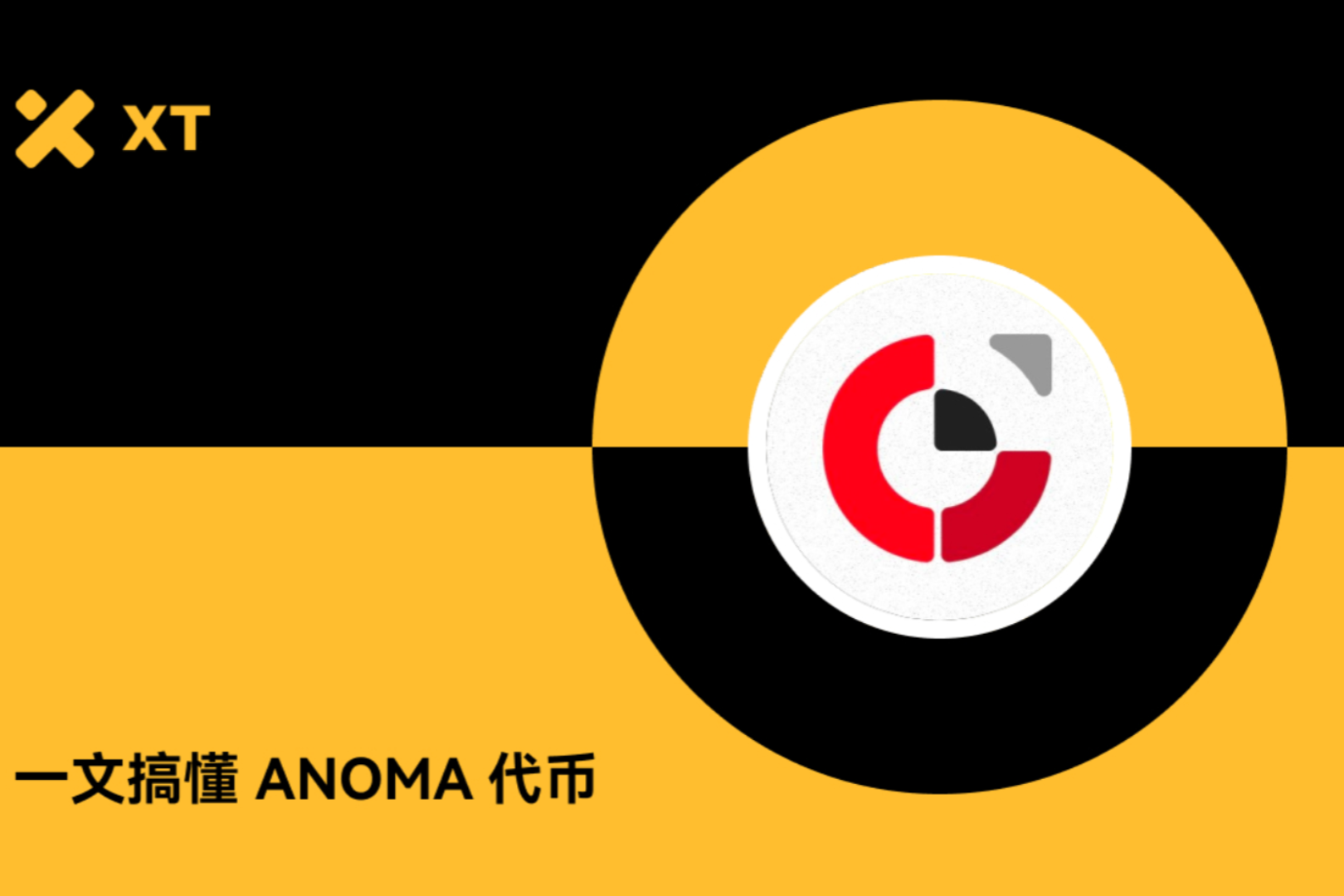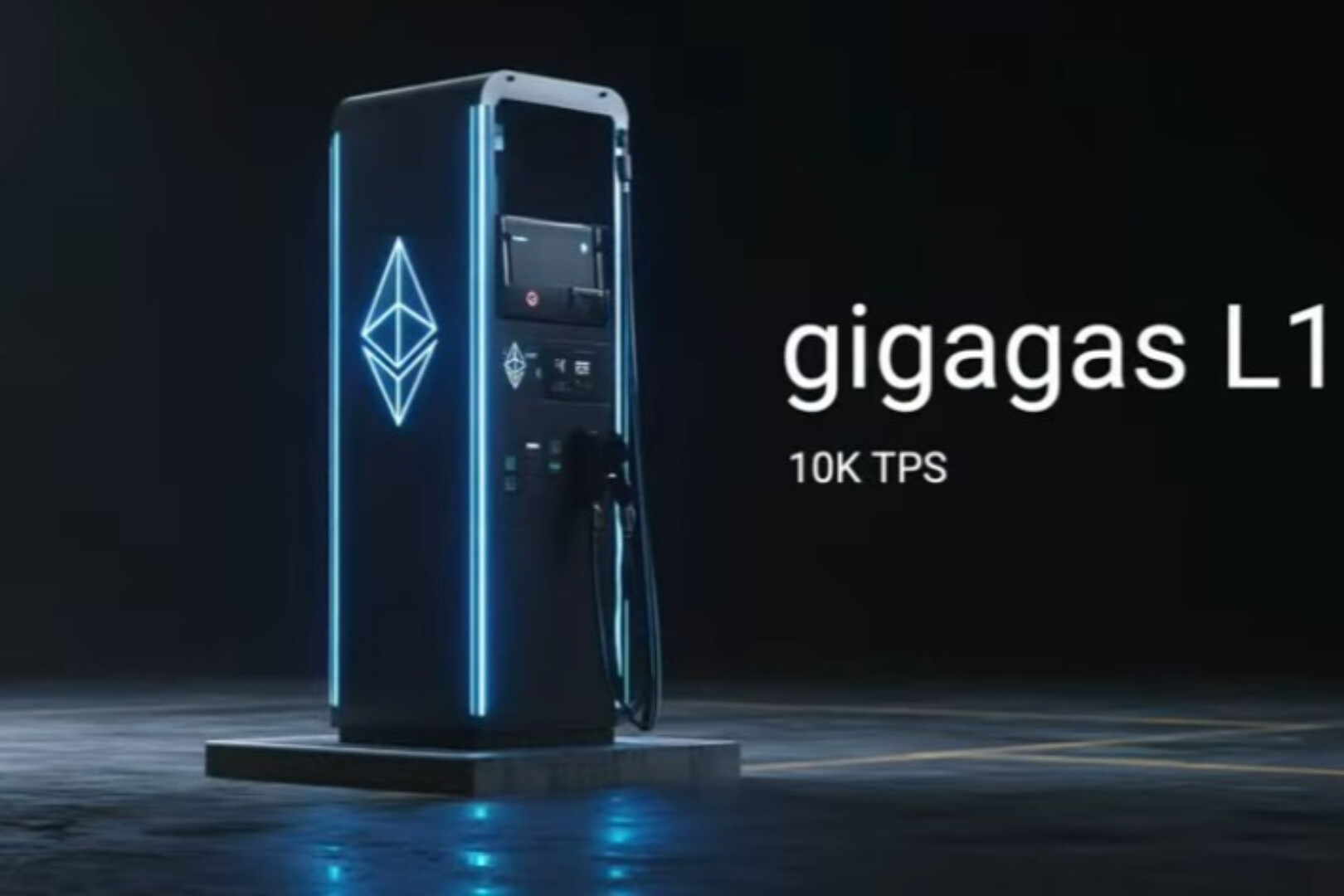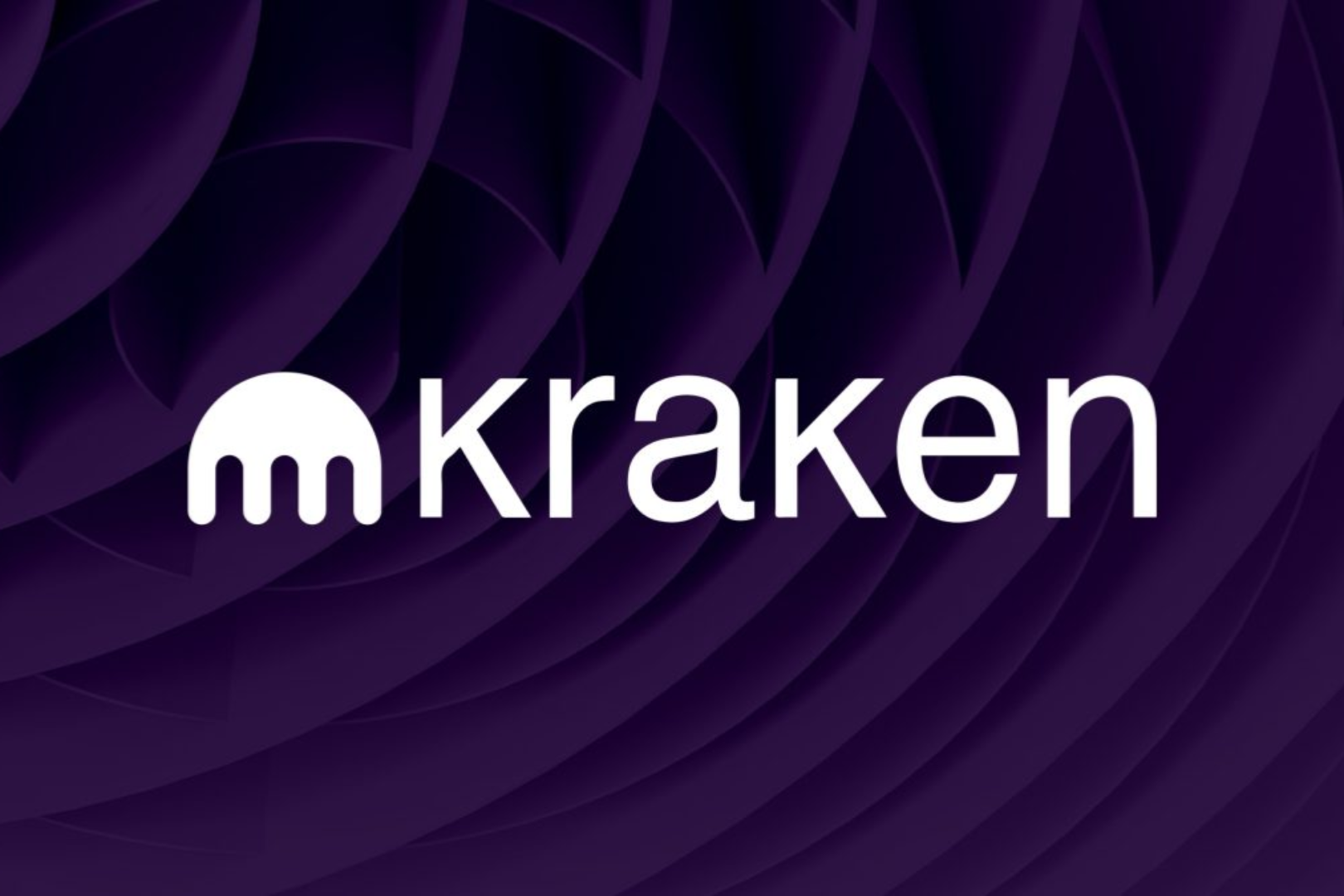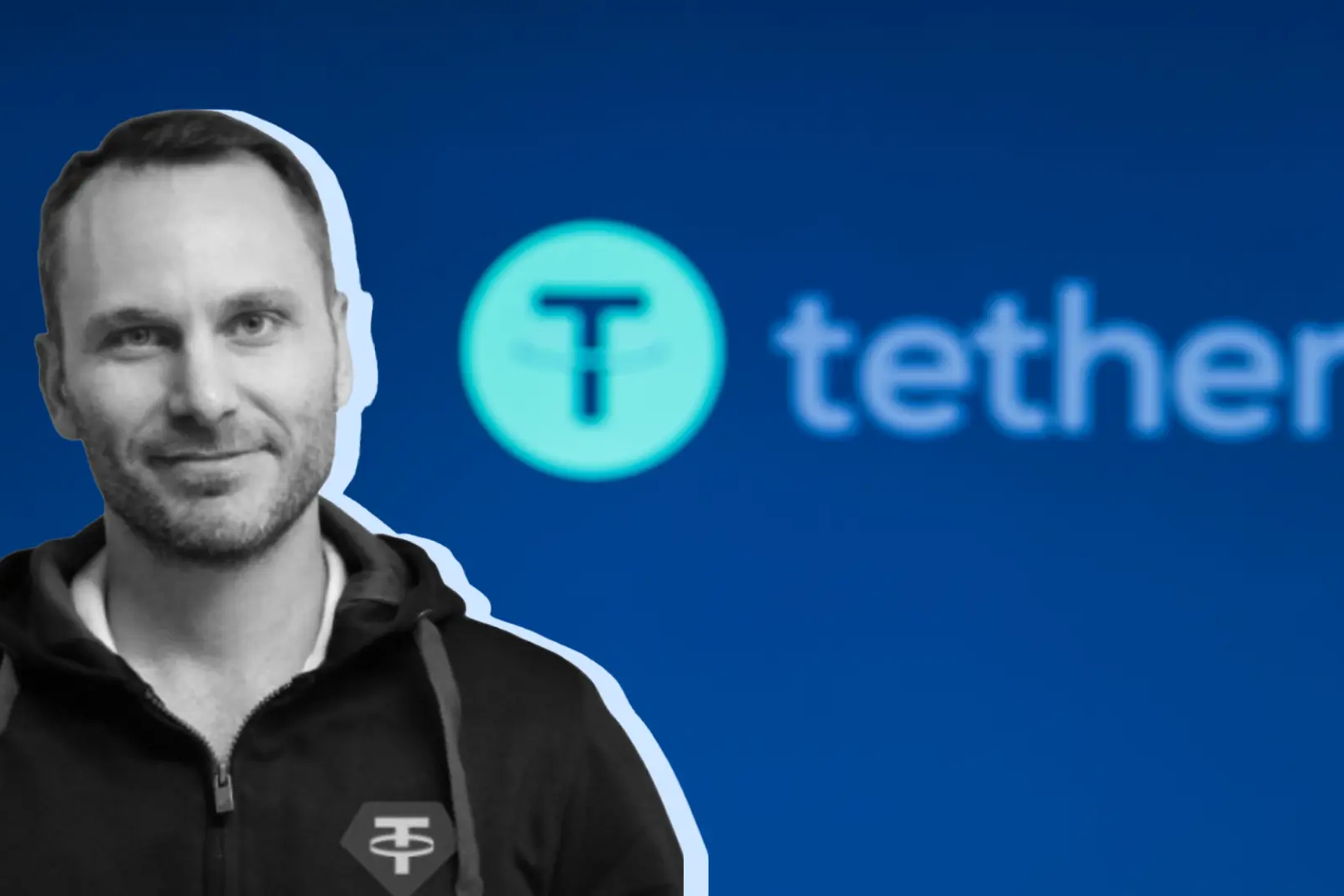
We kicked off our journey on the Polygon Network last Thursday with a fantastic AMA on the official Polygon Telegram group. We will soon launch the MVP (Minimum Viable Product) of our stablecoin MTR and DEX on Polygon Network.
Currently, STND has been listed on Polygon Network and will be launched on Sushiswap soon. The following is the block address of STND in Polygon Network:
https://polygonscan.com/token/0x08BE454de533509e8832B257116C5506E55b0b64
In the Standard Protocol & Polygon AMA, our founders introduced the current features and future goals of the Standard Protocol. We have more contacts and cooperation with GameFi and NFT ecological projects.
Guests:
Standard Protocol & Polygon AMA
Guests:
1. Hyungsuk Kang,CTO &Founder
2. March Zheng,Global Communication Director
Chinmay (Polygon): First, please introduce yourself.
March (Standard Protocol): I'm the Global Communication Director for Standard Protocol. I'm in charge of communicating with our KOLs and managing our communities around the world!
Chinmay (Polygon):Great, please tell us why the Standard Protocol was created and why it is necessary?
March (Standard Protocol):On the one hand, the cryptocurrency industry is in the ascendant. We have many years of experience in the industry and understand the shortcomings of some projects in the ecosystem. We hope to improve it to create a better stablecoin ecosystem. On the other hand, we also hope to carry out more on-chain and off-chain integrations to achieve the integration of DeFi and CeFi. .
Chinmay (Polygon): Can you tell us more about the Standard Protocol and its capabilities?
Hyungsuk (Standard Protocol):Standard Protocol is a multi-chain stablecoin that can be applied to every layer of the current blockchain ecosystem. We provide Layer 1 stablecoins, and Parity Substrate is connected as a parallel chain at Layer 0. At the same time, we have a stable currency multi-chain ecosystem on Layer1 and Layer2. We use bridges and other cross-chain solutions to connect everything.
From a functional point of view, we propose Collateral Resilient Stablecoin (CSR), which can generate stablecoins according to the demand on the chain, so as to provide a more powerful stablecoin solution. While (other) stablecoins focus on staking and are not prepared for the loss of value from liquidation, STND focuses on using bonds as NFTs for fairer liquidation, or by providing an arbitrage opportunity, we just throw the liquidated collateral to MTR pairs.
March (Standard Protocol):Standard Protocol is basically a three-token ecological project, and we will create an economy in Defi and Gamefi. We will first create a network effect for our native stablecoin (MTR) to complete the interaction with the Layer 1 platform.
Chinmay (Polygon): Amazing, is it already online and connected to Layer 1 and Layer 2 chains?
Hyungsuk (Standard Protocol):
We have completed the testnet operation on Parity Substrate, and we will join the Kusama parachain auction next week to explore the multi-chain ecosystem. The contract is currently developed and we hope to apply our protocol in Polygon's Layer 1 and Layer 2 solutions.
Chinmay (Polygon): Great! Can you explain the three token model? how it works
Hyungsuk (Standard Protocol):We have Meter (MTR), Liter (LTR), Standard (STND). MTR is our stablecoin generated by staking other tokens in the blockchain network. LTR is our DEX LP token that can benefit from liquidated collateral. STND is our governance token, used to determine the future of our multi-chain ecosystem, and can be used to claim a share of the stability fee payment to repay MTR.
Chinmay (Polygon): Got it! So, as you mentioned something about the Kusama parachain integration next week, what has Standard Protocol achieved so far, and what are your next steps for this year?
Hyungsuk (Standard Protocol):Standard Protocol has successfully integrated chain-bridge, which is a bridge between Polkadot assets and EVM-based chain assets. Our Kusama parachain will connect these two assets in Polygon by leveraging the liquidity between Kusama and Polygon. Then we will apply to do the same in Polkadot. In terms of smart contracts, we have cooperated with Chainlink to provide oracle services for composite futures.
When I was doing Mirror in Terra, there were no transparently cleared put options. To address this, Standard will create futures with better combination symbols through call/put options backed in Polygon.
March (Standard Protocol):In terms of business expansion, we have received strong support from many excellent nodes. When we first went public, we achieved very successful IDO results on Polkastarter. We are now in the stage of planning our short-term technical route and preparing for the next step of listing on the exchange and cooperating with new KOLs.
Chinmay (Polygon): Great! How is your experience building projects on Polygon? How does this benefit users? How does it affect Polygon?
Hyungsuk (Standard Protocol):
As far as my experience is concerned, Polygon is definitely faster than Ethereum, and the gas fee is much lower, which greatly reduces the cost of operating dapps for our team. I think Polygon can benefit users with lower gas fees when interacting with dapps, thereby unlocking the potential of Dapps and lowering the gate card of Dapps. If you look at the gas costs of creating an NFT in Ethereum right now, deploying to Polygon is pretty easy.
I think sooner or later people will find out that the gas price is too high. Sometimes I am surprised when I have to spend $115 to initiate a transaction on the current Ethereum mainnet. I think Polygon as Layer 2 of Ethereum can effectively solve this problem, and finally use the platform migrated to Polygon.
Chinmay (Polygon): Yes, Ethereum gas fees are quite high compared to Polygon. What steps can I take as a user to best use the Standard Protocol and what are the benefits?
March (Standard Protocol):Interact directly with our stablecoin Meter (MTR) and participate in our yield ecosystem through this feature.
In a bull market, leveraged trading can be done in the following ways
1) Mortgage MATIC and get MTR
2) Use MTR to buy more MATIC
3) Wait for MATIC price to rise
4) Repay the MTR at the price you borrowed earlier and pay some fees
5) get profit
In a bear market, MTR passes as a global put option
1) Hold MTR and prepare for liquidation
2) Find liquidated collateral in our LTR DEX and use MTR to buy collateral cheaper
3) Wait for the price of collateral (eg WBTC) to rise to the next bull run
4) Take profit
Standard Protocol plans to provide every user with investment opportunities in both bear and bull markets. After our products are developed and deployed, you will be able to discuss in our community when to implement these strategies.
Chinmay (Polygon): Cool, can you share links to your social media channels?
Hyungsuk (Standard Protocol):More synthetic asset strategies coming soon
Of course, you can now refer to this link https://linktr.ee/standarddefi
Chinmay (Polygon): Is there any summary you want to highlight before we wrap up?
Hyungsuk (Standard Protocol):Standard will become the Defi standard for the multi-chain ecosystem. Expect more supporters to come as we are just getting started.
Audience question
Ibrahim (Audience):I can see that Standard has three different tokens in its ecosystem, MTR, LTR and STND, right? But can you tell us what each of them does? Which of these are stablecoins?
March (Standard Protocol):
We envision a system of three token modules that interact with each other to build DeFi liquidity effects. Only Meter (MTR) is a stablecoin issued in our three-token module.
Hyungsuk (Standard Protocol) — previously answered:
We have Meter (MTR), Liter (LTR), Standard (STND). MTR is our stablecoin, which is generated by staking other tokens in the blockchain network. LTR is our DEX LP token that can benefit from liquidated collateral. STND is our governance token used to determine the future of our multi-chain ecosystem and can claim a share of the stability fee paid back to MTR.
Alex P (Audience):
How is Standard development going? Can you describe in detail your current development efforts, market expansion plans, expected applications and when they will be available?
Hyungsuk (Standard Protocol):
You can check out our code at https://github.com/digitalnativeinc We are reviewing the code and setting up the portal. We strive to complete the dapp deployment by the end of September.
Roman (Audience):
Do you have a strategy for entering the large offline business industry? Considering the exponential growth of e-commerce, most of the transactions globally involve these industries. Have you worked with one of these already?
Hyungsuk (Standard Protocol):
Our goal is to cooperate with game companies and enter the game market before entering the offline business. Gamifi is hot, so we offer stablecoins to form an economy around the Standard ecosystem. We also plan to do offline transactions with private banks.
VVIP (Audience): Can members of the Standard ecosystem earn STNDs for participating in the Standard program? What does your membership rewards system include?
Hyungsuk (Standard Protocol):We include pledge, ambassador and grant agreement programs.
VVIP (Audience):As you build your project, do you take the community's feedback and needs into account?
Hyungsuk (Standard Protocol):secondary title
About Standard
ïÄStandard is the first Collateralized Recollateralized Stablecoin (CRS) protocol for synthetic assets that will run in the Polkadot ecosystem. It has been funded by Polygon's #DefiForAll fund and is the first and only project in Korea to receive funding from the Polkadot Web3 Foundation.
· For more information on Standard,
Please visit:
· Discord:https://discord.gg/wYudHv83hc
· Clubhouse:https://www.joinclubhouse.com/club/standard-defi
· Official website: https://standard.tech/
· White paper: https://docsend.com/view/sp6antfgeqiziaqb





